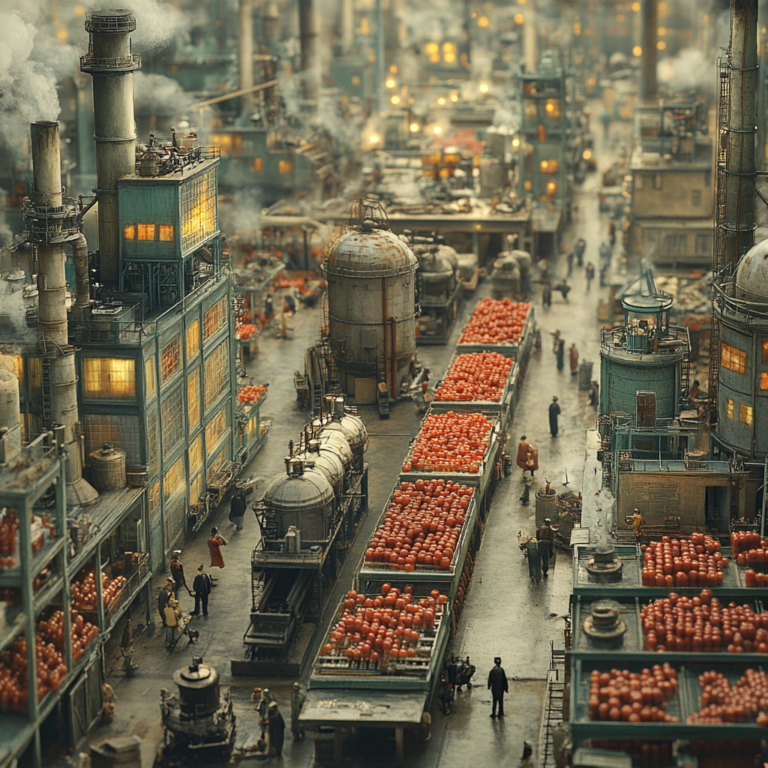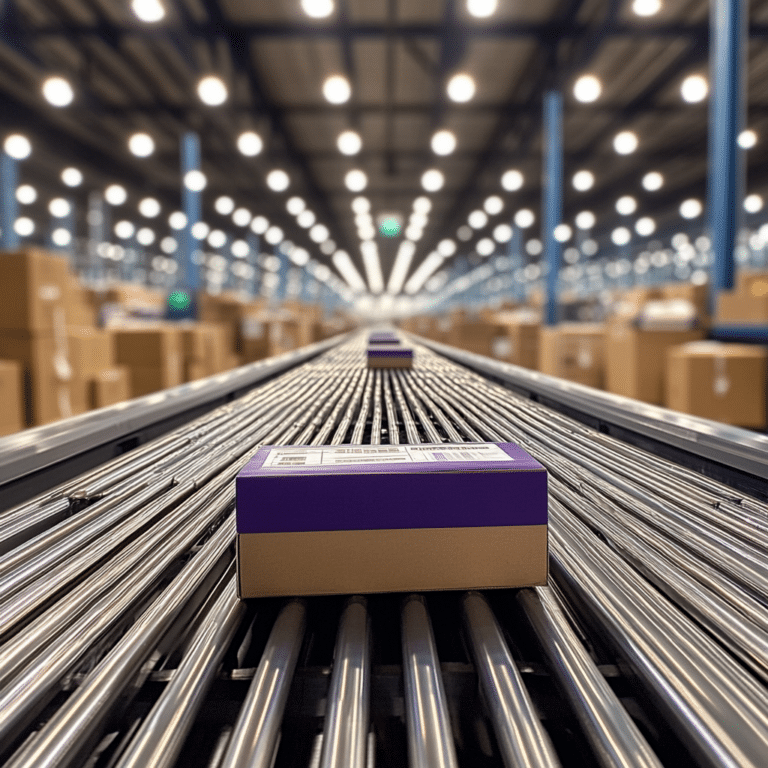Understanding Overproduction: The Basics
Overproduction is a profound yet often overlooked economic issue plaguing multiple industries. It refers to producing more of a product than is demanded, leading to unsold inventories and a host of cascading consequences. This economic imbalance can cause companies to suffer from decreased profitability, increased costs, and even environmental harm. By delving into the intricacies of overproduction, we can uncover its hidden causes and assess the monumental impacts it has on Our world, with real-world examples from top brands and sectors.
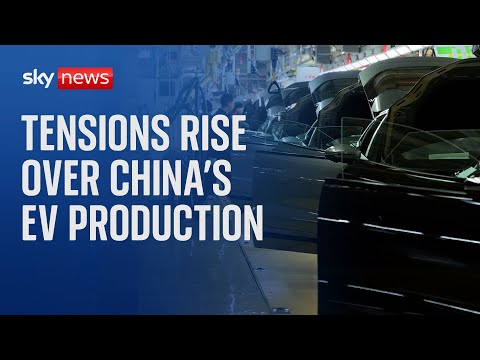
The Hidden Causes of Overproduction
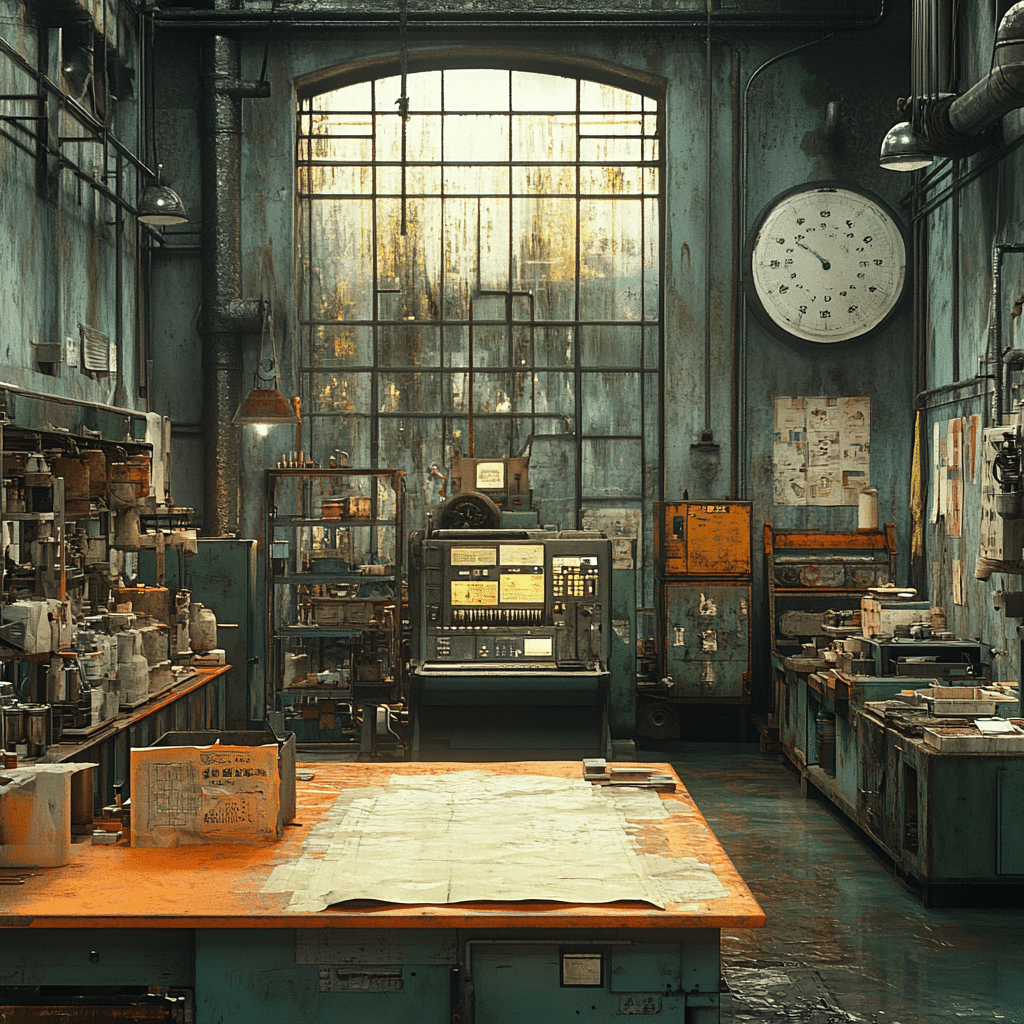
1. Market Forecasting Errors
Accurately predicting market demand is notoriously tough work. Errors in market forecasting can lead to overproduction, as companies sometimes produce more than consumers want. Take Nike, for example. Known for their extensive and dynamic product lines, they’ve had instances where surplus footwear ended up in outlets or, even worse, landfills due to forecasting miscalculations.
2. Supply Chain Inefficiencies
Mismanagement of supply chains can also lead to overproduction. H&M‘s fast fashion model aims to keep up with rapidly changing fashion trends, but often results in excessive stockpiling of unsold garments. Such inefficiencies reveal the cracks in supply chains that lead to mountains of waste.
3. Technological Advancements and Automation
Advanced manufacturing technologies have facilitated mass production at speeds never seen before. However, this progress sometimes spells trouble. In the automotive sector, brands like Tesla have experienced overproduction of electric vehicles owing to accelerated production schedules not matched by proportional demand.
4. Economic Incentives and Policies
Government subsidies and tax incentives frequently encourage overproduction. For instance, the heavily subsidized agricultural sector in the U.S. often produces more crops than needed. This glut exacerbates waste and affects market pricing, creating economic instability.
5. Consumer Culture and Planned Obsolescence
Our consumer-driven society and the concept of planned obsolescence contribute significantly to overproduction. Tech giants like Apple release new models annually, encouraging frequent upgrades and resulting in older models turning into excess production. This relentless cycle feeds the overproduction beast.
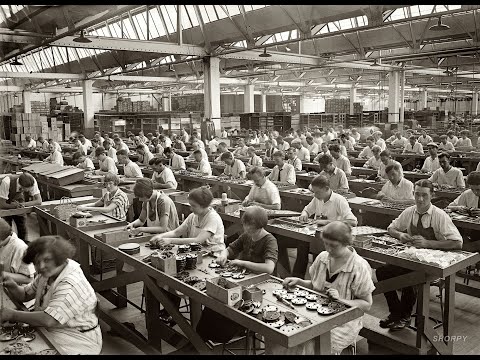
| Aspect | Description |
|---|---|
| Explanation | Overproduction is the accumulation of unsalable inventories in the hands of businesses. It’s the excess of production over consumption, often leading to economic collapse in capitalist economies. |
| Causes of Overproduction | 1. Long production runs or batch sizes due to long setup times. 2. Ordering more supplies than necessary. 3. Expecting disrupted production flows. 4. Unbalanced stages in production. |
| Economic Effects | 1. Surplus products lead to lower prices. 2. Unsold goods. 3. Potential unemployment. 4. Decreased profitability. 5. Increased costs. |
| Environmental Impact | Overproduction can cause significant environmental harm due to waste and resource depletion. |
| Biological Example | Overproduction occurs when a species produces more offspring than the environment’s carrying capacity, leading to many offspring not surviving to adulthood. |
| Signs of Oversupply in Feeding Infants | 1. Gulping, coughing, or choking during feedings. 2. Frequently detaching from the breast. 3. Fussiness between feedings. 4. Frequently spitting up. |
| Ripple Effects | 1. Decreased profitability. 2. Increased storage and disposal costs. 3. Environmentally harmful outcomes. |
| Key Dates | June 1, 2018: Notable date mentioned in contextual causes of overproduction. October 19, 2023: Date mentioned related to the environmental impact and economic effects. |
The Profound Impacts of Overproduction
1. Environmental Degradation
One of the most severe impacts of overproduction is environmental damage. Producing excess goods demands additional resources, increasing energy consumption and greenhouse gas emissions. The garment industry, led by brands like Zara, ranks high among contributors to textile waste and pollution, harming ecosystems and exacerbating climate change.
2. Economic Instability
Overproduction can destabilize economies by creating an imbalance between supply and demand. The oil industry has seen price crashes due to oversupply, with key players like Saudi Aramco struggling to stabilize the market. This imbalance can cause ripple effects throughout the economy, affecting employment and financial stability.
3. Waste Management Challenges
Managing surplus products is a tough nut to crack. Electronic waste, in particular, poses severe challenges. Companies like Samsung contribute to the growing e-waste problem, with complex and costly disposal processes adding layers of economic and environmental strain.
4. Market Saturation
Saturating the market with products adversely affects profitability and innovation. The toy industry, with giants like Mattel, often sees peaks of overproduction around holiday seasons. Such saturation leads to heavy discounts and lost revenue, stifling innovation and creativity in the sector.
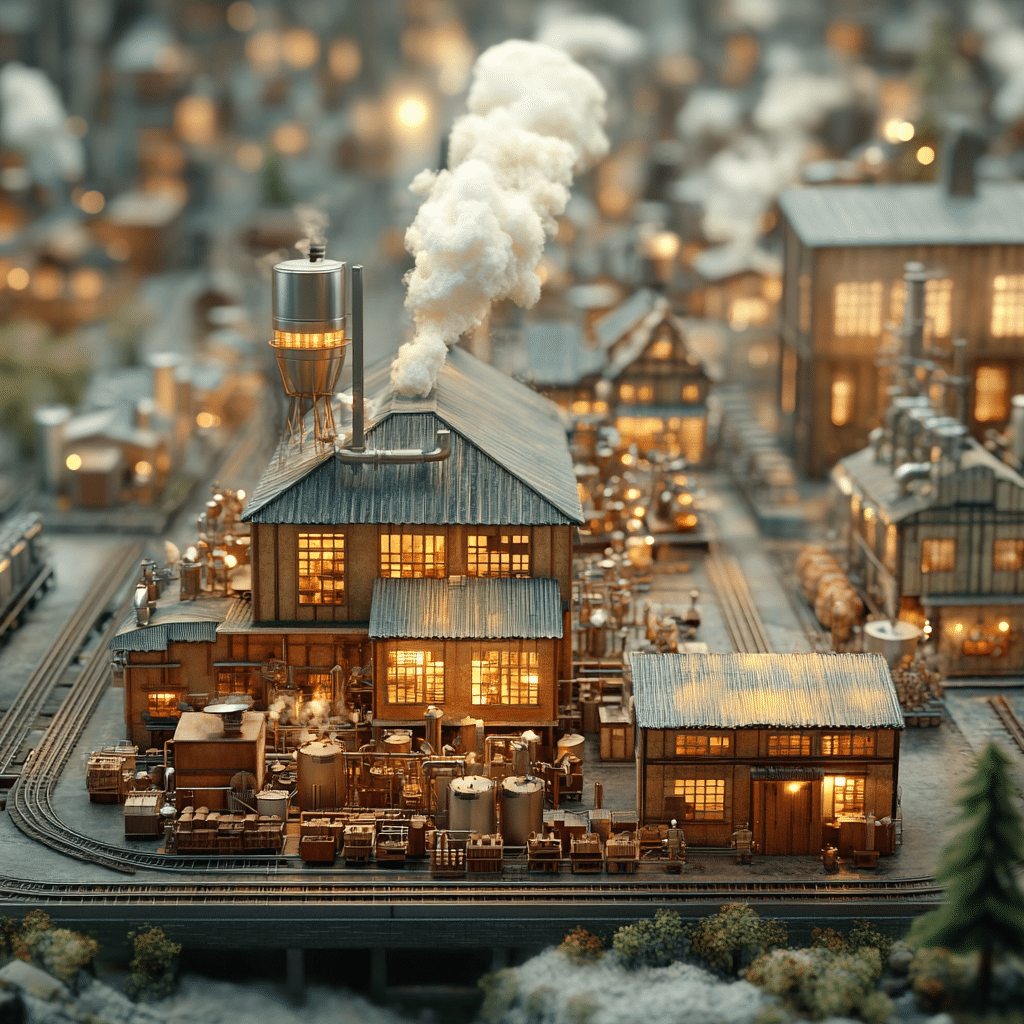
Mitigating Overproduction: Innovative Solutions
1. Enhanced Forecasting Tools
More accurate demand prediction tools, powered by AI and big data analytics, could significantly help. Retail giants like Walmart are investing in advanced forecasting systems to align production more closely with consumer needs, reducing excessive inventory buildup.
2. Circular Economy Models
A move to a circular economy, where products are reused, refurbished, and recycled, can tackle overproduction. Companies like Unilever are pioneering this effort by redesigning products for longer life cycles, showing a sustainable path forward.
3. Stricter Regulations and Policies
Governments can introduce tighter production caps and enforce sustainable practices. The European Union’s Common Agricultural Policy (CAP) reforms are a sterling example of regulating agricultural overproduction, aiming for more sustainable practices and reduced waste.
4. Promoting Conscious Consumption
Raising awareness about the impacts of overproduction and promoting sustainable consumption can lead to reduced demand for unnecessary new products. Environmental campaigns, supported by companies like Patagonia, encourage mindful purchasing and conservation, driving a culture shift towards sustainability.
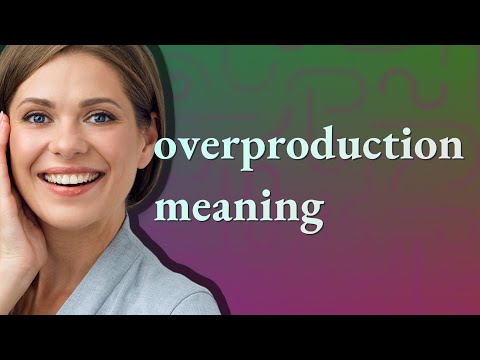
A Vision for the Future
The issue of overproduction is undeniably complex, demanding comprehensive strategies tailored to various industries and regions. Through innovation, regulations, and shifts in consumer behavior, we can achieve a sustainable balance that minimizes overproduction’s broad impacts. It’s a collective effort involving businesses, governments, and consumers alike. Let’s aim for a future where economic activities harmonize with environmental health and societal well-being, ensuring a more balanced and sustainable world.
By uncovering the often-hidden intricacies of overproduction, we’re better equipped to tackle its challenges head-on, creating pathways for a more resilient and sustainable economic future.
Unveiling the Hidden Causes and Big Impacts of Overproduction
Overproduction is like that friend who overstays their welcome—at first, it’s a blast, but pretty soon, you’re out of snacks, energy, and patience. So, what gives? Here’s some intriguing trivia and fun facts about overproduction and its unsuspected effects that might just surprise you.
Why Overproduction Happens
Believe it or not, overproduction isn’t just about companies making too much stuff. Several factors, such as poor demand forecasting and pressure from competitors, can lead to overproduction. Think about Ellos Ellos running a campaign without gauging the actual demand—suddenly, there’s too much product and nowhere to go. Another weird twist? Branding strategies can exacerbate the issue. Imagine a company pushing their speaker branding Strategies to the hilt, flooding the market to outshine their rivals.
The Ripple Effect of Overproduction
Overproduction has mind-boggling consequences. Some businesses are so desperate to offload their surplus that they’ll sell purely at cost—or even at a loss. This chain reaction impacts everything from local cinemas to national sports events. Take, for example, the legendary record for the most receiving yards in a game;( a surge in memorabilia production beyond what fans would realistically purchase led to unsold inventory filling warehouses.
Learning From History
History has shown us that overproduction can sink an industry. Look at the pageantry of the Empire Cinema sutton during its heyday; too many blockbuster sequels with dwindling interest led to a downfall in cinema attendance. Another fascinating tidbit—overproduction even takes a toll on leisure. Ocean Downs'( horse racing saw a dip when too many races were scheduled, diluting the excitement for punters and affecting the betting market.
Much like the definition of What it means To borrow implies eventual repayment, dealing with overproduction often demands serious downstream corrections. In this dance of supply and demand, each misstep leaves an imprint that’s hard to erase.
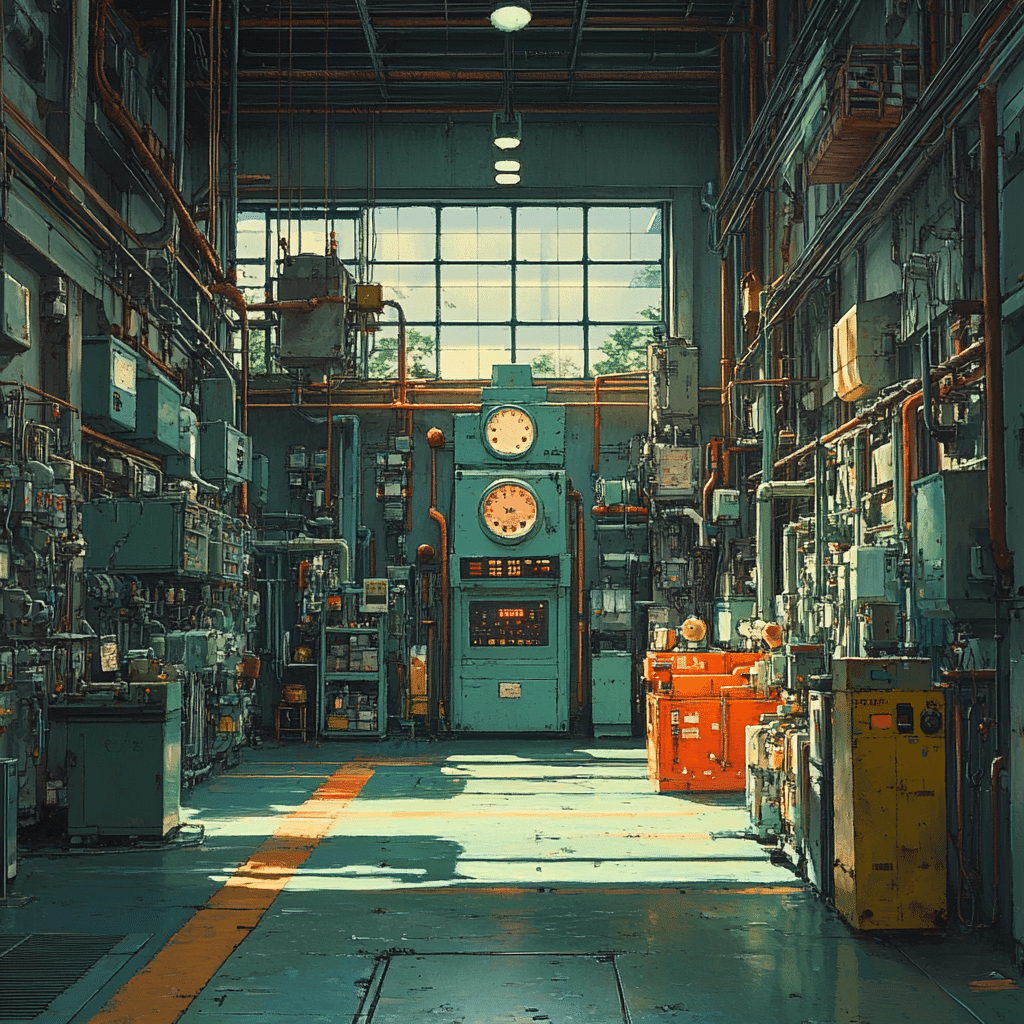
What is the meaning of overproduction?
Overproduction is when businesses make more products than they can sell, leading to unsalable inventories piling up. It’s a common issue in capitalist economies where demand doesn’t always match output, causing economic issues.
What is an example of overproduction?
Imagine a car factory producing thousands of cars, but there aren’t enough customers to buy them. This leads to lots of cars sitting unsold in lots, representing classic overproduction.
What is overproduction in US history?
In US history, overproduction was a significant issue during the Great Depression. Farmers and factories produced more than people could buy, leading to massive amounts of wasted goods and economic downturn.
What causes overproduction?
Overproduction happens because businesses aim for longer production runs to save on setup times or stockpile supplies in case of disruptions. Sometimes the production stages aren’t balanced, creating bottlenecks and surplus.
Is overproduction good or bad?
Overproduction isn’t really good or bad; it depends on context. While it can indicate efficiency in production, it often leads to waste, unsold goods, lower prices, and financial losses.
What does overproduction do?
When overproduction occurs, it creates unsold inventory, can drop market prices, and lead to layoffs as businesses cut back to manage costs. It also strains resources and can harm the environment.
What is an example of overproduction in real life?
A real-life example is the food industry. Farmers might grow more crops than people can buy or eat, leading to tons of food waste, unsold produce, and financial loss for the farmers.
How to identify overproduction?
To identify overproduction, look for signs like stockrooms overflowing with products, frequent markdowns, and goods sitting on shelves unsold. In breastfeeding, oversupply shows when an infant gulps, sputters, or detaches frequently during feeding.
What happens when there is overproduction?
When overproduction happens, businesses face excess stock they can’t sell, possibly leading to financial strain, lower prices, wasted resources, and environmental damage from manufacturing and disposing of unsold goods.
Is overproduction still a problem?
Yes, overproduction is still a problem today. Even with advanced planning and technology, businesses can misjudge market demands, leading to surpluses and waste in various industries.
What is the main cause of overproduction?
The main cause of overproduction is often poor demand forecasting. Companies producing “just in case” instead of “just in time” due to uncertainties also contributes significantly to the problem.
What problems did overproduction cause?
Overproduction causes unsold goods to pile up, market prices to drop, and often leads to layoffs and reduced economic activity. It also results in wasted resources and increased disposal costs.
What do you mean by overproduction?
Overproduction means making more products than can be sold, leading to an accumulation of unsalable inventory. This is common when there’s a mismatch between production levels and market demand.
What is overproduction kids?
For kids, overproduction means making more of something than what people need or can use, like baking too many cookies that nobody eats, so they go stale and are thrown away.
How did overproduction affect the economy?
Overproduction affected the economy during the Great Depression by creating huge surpluses of goods that couldn’t be sold, leading to falling prices, massive business losses, and widespread unemployment.
What happens when there is overproduction?
When there’s overproduction, businesses end up with too many unsold products, which can cause financial strain, lower market prices, waste of resources, and often layoffs to cut costs.
What is the main cause of overproduction?
The main cause of overproduction is producing more than needed due to poor demand forecasting, aiming to reduce setup times, stockpiling against potential disruptions, and unbalanced production stages.
What does over productive mean?
Being overproductive means making more than what’s necessary, leading to excess inventory and waste. It often happens when companies misjudge the need for their products and make too many.
What is overproduction kids?
For kids, overproduction is like making way too many toys or snacks than what kids actually want or can use, leading to a lot of them being left over or thrown away.

